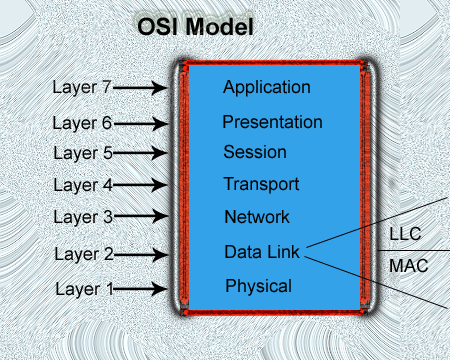Manages the presentation of the information in an ordered and meaningful manner. This layer’s primary function is the syntax and semantics of the data transmission. It converts local host computer data representations into a standard network format for transmission on the network. On the receiving side, it changes the network format into the appropriate host computer’s format so that data can be utilized independent of the host computer. ASCII and EBCDIC conversions, cryptography, and the like are handled here.
The presentation layer provides a variety of coding and conversion functions that are applied to application layer data. These functions ensure that information sent from the application layer of one system would be readable by the application layer of another system. Some examples of presentation layer coding and conversion schemes include common data representation formats, conversion of character representation formats, common data compression schemes, and common data encryption schemes.
Common data representation formats, or the use of standard image, sound, and video formats, enable the interchange of application data between different types of computer systems. Using different text and data representations, such as EBCDIC and ASCII, uses conversion schemes to exchange information with systems. Standard data compression schemes enable data that is compressed.
Presentation layer implementations are not typically associated with a particular protocol stack. Some well-known standards for video include QuickTime and Motion Picture Experts Group (MPEG). QuickTime is an Apple Computer specification for video and audio, and MPEG is a standard for video compression and coding.
Among the well-known graphic image formats are Graphics Interchange Format (GIF), Joint Photographic Experts Group (JPEG), and Tagged Image File Format (TIFF). GIF is a standard for compressing and coding graphic images. JPEG is another compression and coding standard for graphic images, and TIFF is a standard coding format for graphic images.
- Presents data to the application layer.
- Acts as a data format translator.
- Handles the structuring of data and negotiating data transfer syntax to Layer 7.
- Processes involved include data encryption, decryption, compression, and
- decompression.
Points:
- Provide format and Present data in appropriate format.
- extension : gif,jpg,doc,xcls
- gif will not open in notepad
- notepad will not open in gif

